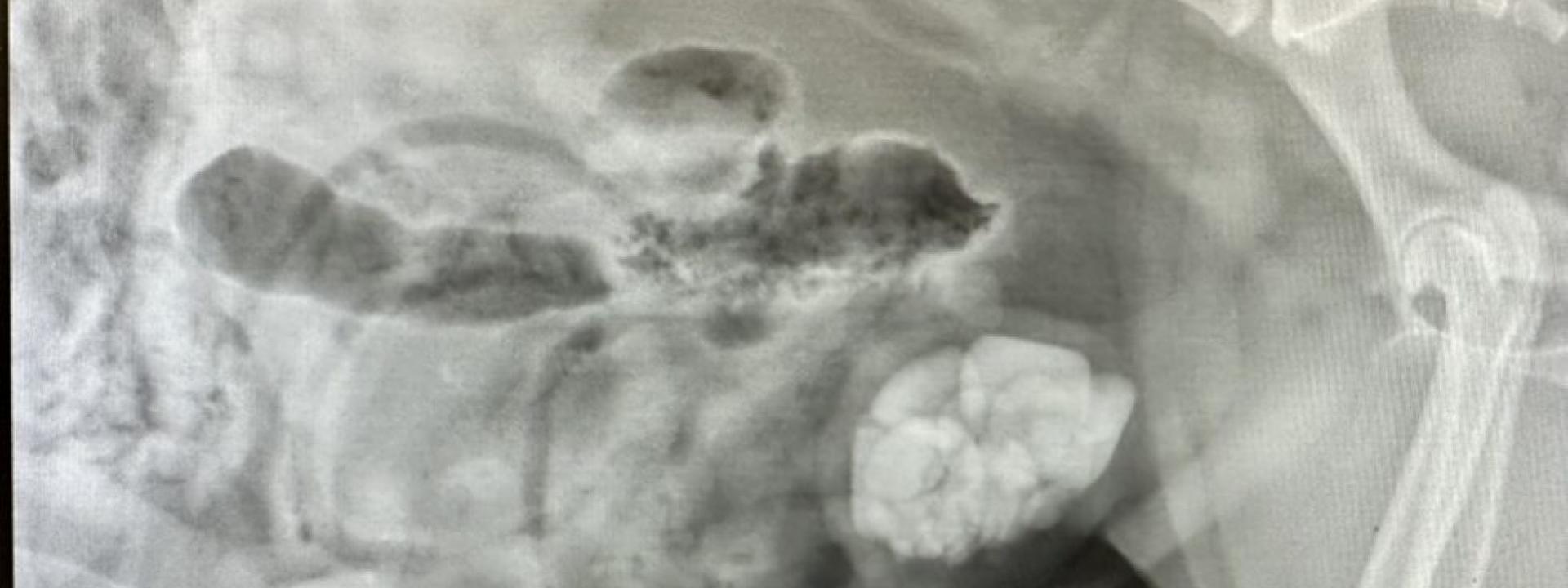Bladder stones, also known as urinary calculi, are a relatively common condition in which mineral deposits form in a dog’s lower urinary tract. Bladder stones can cause discomfort, pain, and other severe health issues, making it essential to understand the symptoms, causes, and treatment options.
Symptoms of Bladder Stones in Dogs:
Symptoms of bladder stones are often similar to those of a urinary tract infection. These include the following:
1. Difficulty in urinating or dribbling
2. Blood in the urine
3. Abdominal pain or discomfort
4. Reduced activity or lethargy
5. Straining while urinating
6. An increase in urine output or frequency.
Causes of Bladder Stones in Dogs:
Several factors contribute to the formation of bladder stones in dogs. These include:
1. Diet: A diet that is high in calcium, phosphorus, and magnesium can cause the development of bladder stones. Additionally, improper nutrition, such as feeding your dog low-quality food, can also be a contributing factor.
2. Dehydration: Limited water intake deprives the urinary tract of enough water, which increases the risk of developing stones.
3. Urinary tract infection: Urease producing bacteria in the urinary tract create an environment that facilitates the formation of bladder stones.
4. Genetics: Certain dog breeds are more susceptible to developing bladder stones than others i.e. Schnauzers for calcium oxalate stones and Dalmations for urate stones.
Treatment of Bladder Stones in Dogs:
Dogs with bladder stones require veterinary attention, and the treatment for this condition depends on the type, size, and location of the stones. In certain cases (such as with struvite stones), medical management through pain medication, antibiotics, and a prescription diet may be sufficient to allow the stones to dissolve with time. More severe cases may require surgical intervention. There are a few different surgical methods for removal of bladder stones, which involves extracting the stones from the bladder by using specialized tools.
Prevention of Bladder Stones in Dogs:
Prevention of bladder stones is better than cure, and there are a few measures that dog owners can take to prevent its development. These are:
1. Provide your dog with clean, fresh water at all times, ensuring they are adequately hydrated.
2. Follow a proper diet plan, which has an adequate balance of nutrients, a limited amount of additives, and is specifically designed for urinary tract health.
3. Regular, timely veterinary checkups for early detection, including labwork.
4. Monitor your dog’s urination habits, keeping an eye out for any changes in color, odor or frequency.
When is it an emergency?
Bladder stones usually remain in the bladder, however if the stones move and get stuck in the urethra, blocking urination, it is an emergency. The urine builds up in the bladder and backs up to the kidney. Any infection that is there gets into the kidneys, and simultaneously the kidneys can’t rid the body of waste byproducts. If this occurs, there is no medical management possible – the patient will need surgery.
In conclusion, bladder stones are a painful and uncomfortable condition in dogs. Veterinarian attention for diagnosis and treatment is crucial. Proper management, suitable medications, and dietary improvement can resolve bladder stones in its beginning stages. However, if left untreated or unobserved, they can lead to chronic urinary tract issues that can lead to further complications. Therefore, it is essential to keep an eye on your dog’s urination habits and to seek veterinary attention at the earliest detection of symptoms.
Citations:
Brister, J. (2019, December 3). Cystotomy for bladder stones in dogs and cats. VIN. Retrieved May 1, 2023, from https://veterinarypartner.vin.com/default.aspx?pid=19239&id=9421365

